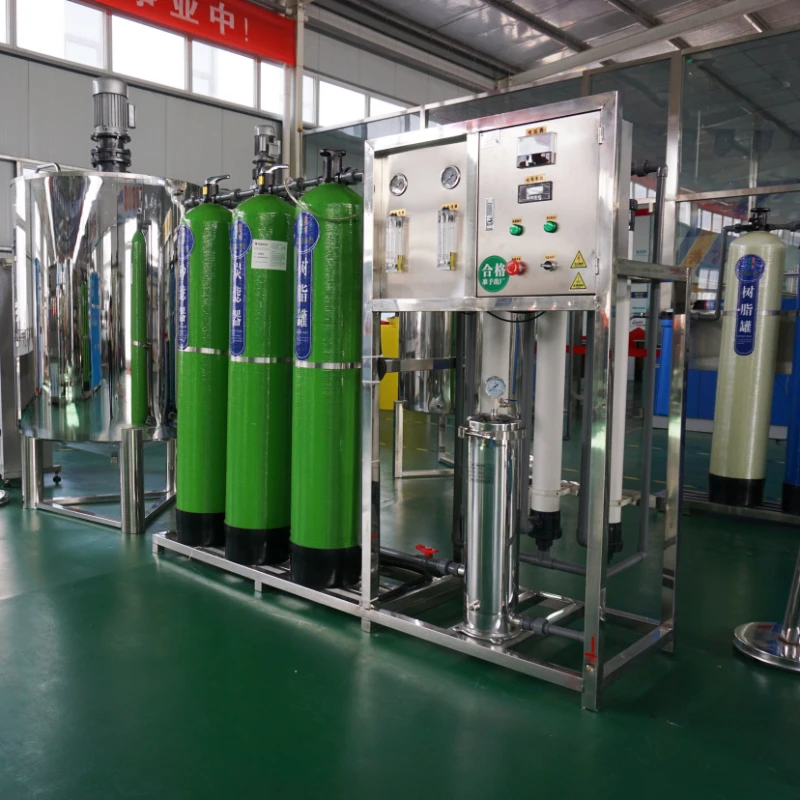Urea is a vital component in the production of fertilizers, and it is essential to ensure that the production process is efficient and sustainable.
The production of urea from ammonia and carbon dioxide involves two main units: the ammonia unit and the urea unit. The output of the ammonia unit, which consists of carbon dioxide and ammonia, is fed into the urea unit. However, there is often excess ammonia in the urea unit that cannot be converted into urea due to a lack of carbon dioxide. The ratio of ammonia and carbon dioxide production is not independent of each other, and it is essential to maintain a balance between the two.
To ensure efficient production of urea, it is crucial to optimize the ammonia and urea units. One way to achieve this is by using advanced technologies that can capture carbon dioxide and recycle it back into the urea production process. This not only reduces the amount of carbon dioxide released into the atmosphere but also ensures a steady supply of carbon dioxide for the urea unit.
Another way to optimize the production process is by using ammonium-containing buffers to inhibit protein carbamylation in urea solutions. This can help to improve the quality of the urea produced and reduce the amount of waste generated during the production process.

Furthermore, it is essential to integrate water and fertilizer in the production process to improve nitrogen efficiency and reduce N2O emissions. This can be achieved by using urea-ammonium nitrate solutions, which have been shown to increase yield and reduce N2O emissions in summer maize.
It is crucial to stay up-to-date with the latest technologies, industry trends, and best practices in the production of urea from ammonia and carbon dioxide. By doing so, we can ensure that our production process is efficient, sustainable, and meets the needs of our customers.
In conclusion, the production of urea from ammonia and carbon dioxide is a vital process in the production of fertilizers. As a product manager, it is essential to optimize the production process by using advanced technologies, integrating water and fertilizer, and staying up-to-date with the latest industry trends. By doing so, we can ensure that our production process is efficient, sustainable, and meets the needs of our customers.




